During the vibrant celebration of Día de Muertos in San Miguel de Allende, the ofrenda, or altar, becomes a stunning and heartfelt centerpiece of remembrance. These altars are adorned with bright marigold flowers, flickering candles, and treasured photographs of the departed, each carefully chosen to honor the memories of loved ones and to guide their spirits back to the realm of the living. This historic city beautifully intertwines indigenous roots with contemporary artistic expression, creating a unique way to engage with Mexican culture. Discover how these altars serve as a celebration of life, death, and the enduring bonds of family in one of Mexico’s most enchanting destinations.
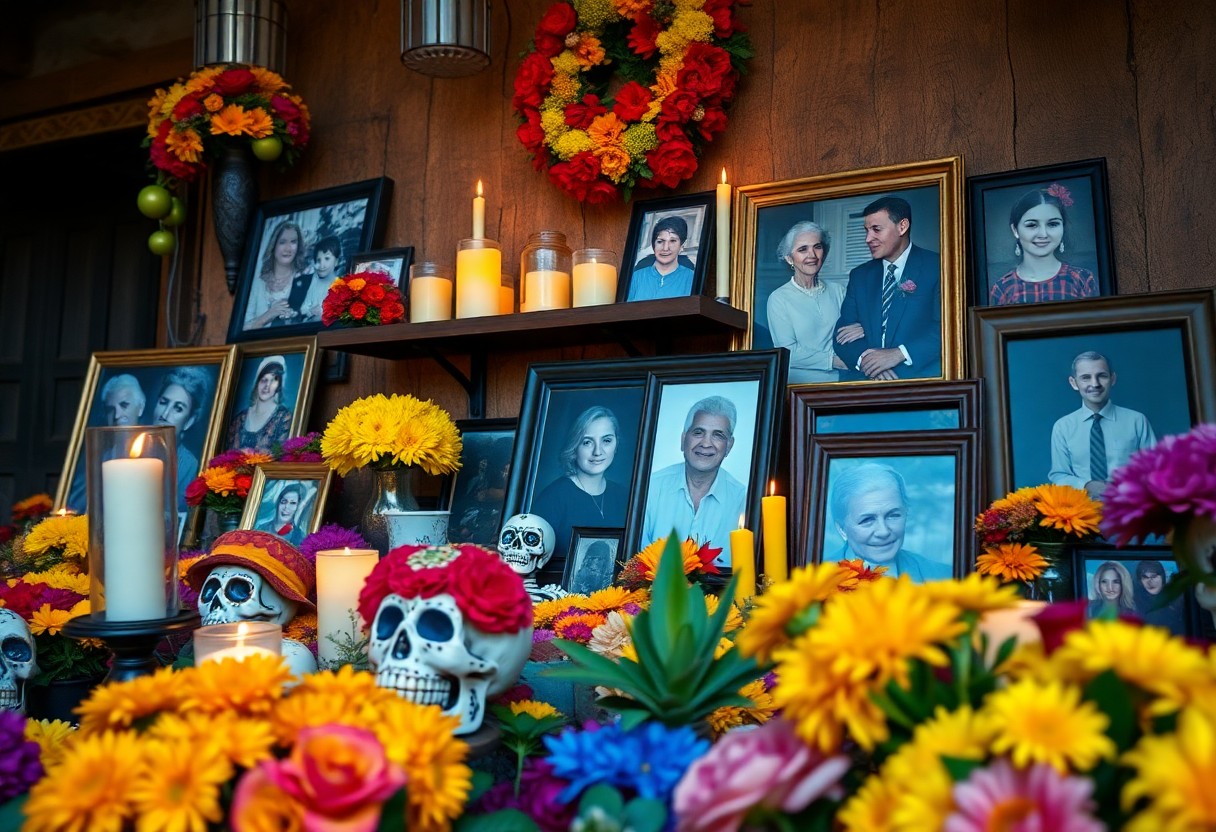
Discover the Deep Cultural Importance of the Ofrenda in Mexican Heritage
The ofrenda, often seen as a simple altar, carries profound cultural and spiritual significance within the tapestry of Mexican traditions. This sacred space is thoughtfully created to honor those we have lost, underpinned by the belief that their spirits return during Día de Muertos to enjoy the offerings prepared with love by their families. These altars are usually adorned with marigold flowers, candles, incense, and favorite foods of the deceased, symbolizing love, remembrance, and the intricate connection between life and death. In San Miguel de Allende, the ofrenda emerges as a dynamic centerpiece of the festivities, showcasing the city’s rich cultural heritage and the enduring ties that bind the living to their ancestors.
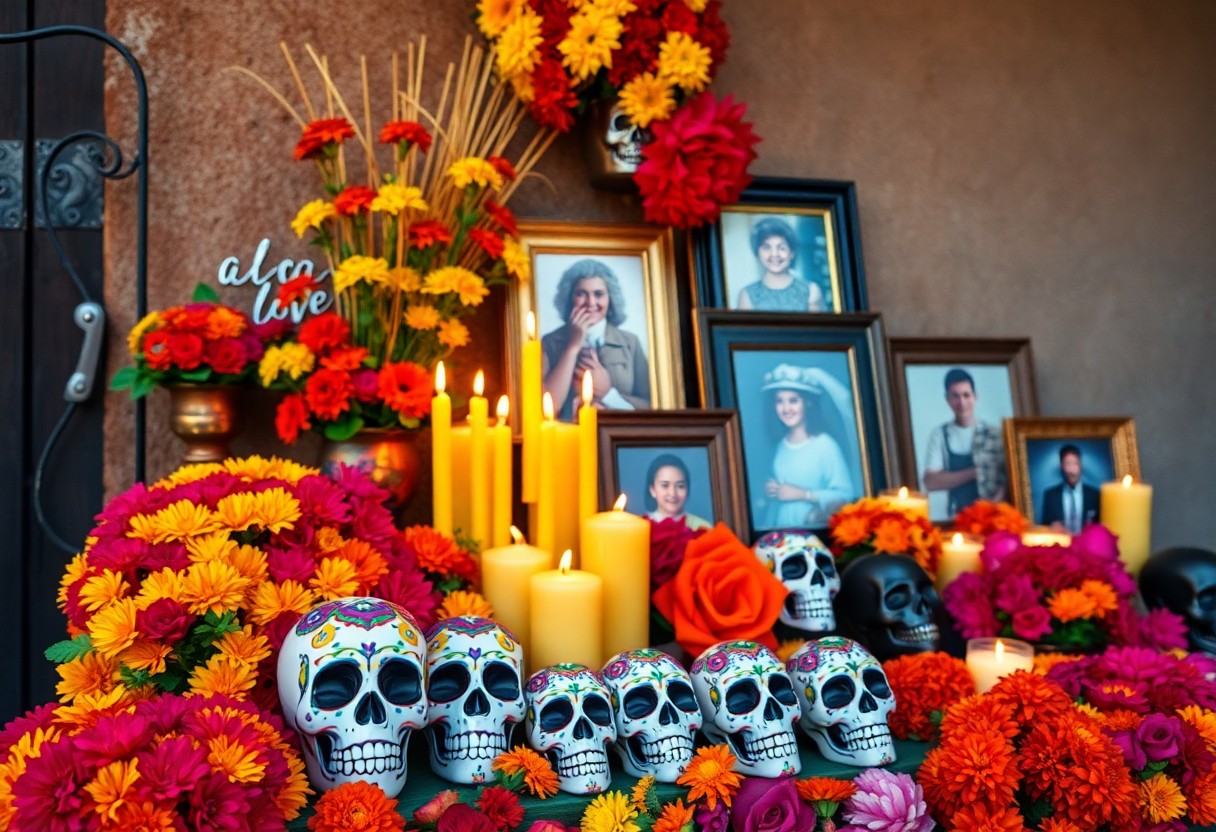
Unearth the Historical Roots of the Ofrenda Tradition
The tradition of the ofrenda is deeply rooted in ancient history, with origins dating back to pre-Hispanic civilizations like the Aztecs, who honored their deceased through various rituals and offerings. The arrival of the Spanish brought Catholic practices that were skillfully integrated with indigenous customs, giving birth to the vibrant Día de Muertos celebration we recognize today. Presently, the ofrenda stands as a powerful symbol of unity between the worlds of life and death, embodying the belief that the spirits of the departed return to visit the living during this sacred time. In San Miguel de Allende, this cherished tradition thrives, offering visitors an incredible opportunity to witness a rich cultural fusion that has endured over centuries.
Experience the Evolution of the Ofrenda: A Historical Journey
Historically, ofrendas were simple altars crafted in homes or cemeteries, reflecting regional customs and family traditions. As time progressed, the ofrenda evolved, adapting to contemporary influences while preserving its core purpose of honoring the dead. In San Miguel de Allende, modern altars now seamlessly blend traditional elements, such as marigolds and candles, with innovative art and design, showcasing the creativity and spirit of the community. Despite these transformations, the ofrenda remains a potent symbol of the connection between the living and the deceased. This evolution highlights the resilience of Mexican culture, ensuring that this beloved tradition continues to flourish in both private homes and public spaces.
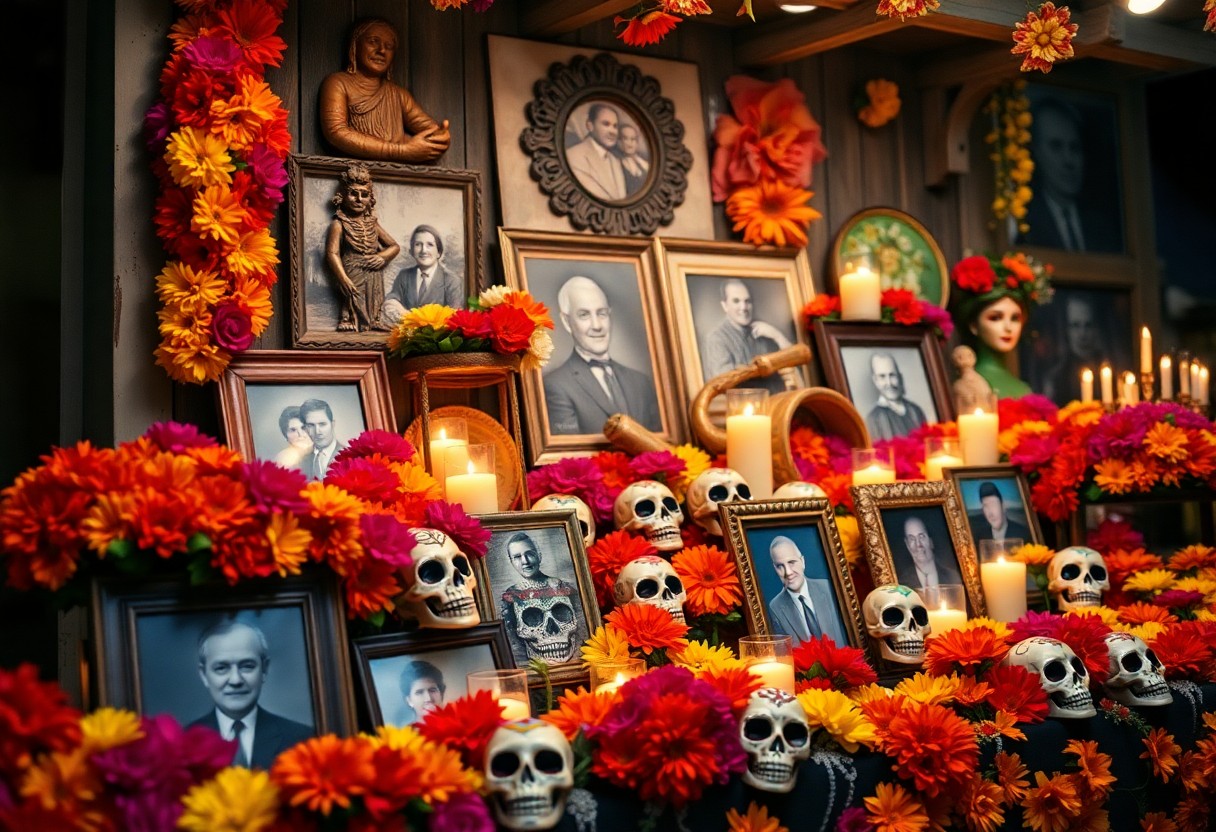
Unveil the Essential Components of a Traditional Day of the Dead Altar
Several key components define a traditional Day of the Dead altar, with each item holding significant meaning. Photographs of the deceased serve as heartfelt tributes to their memory, while cempasúchil (marigold flowers) guide their spirits with their vibrant colors and enchanting fragrances. Candles illuminate the path for souls, and incense (copal) purifies the surrounding space. You will often find food and beverages, such as pan de muerto and tequila, meticulously prepared to nourish the returning spirits. Salt symbolizes purification, while sugar skulls represent life’s cyclical nature. Additionally, papel picado adds a festive flair, serving as a reminder of the delicate nature of life. In San Miguel de Allende, these elements converge to create altars that are both deeply personal and rich in cultural significance.
Explore the Best Locations to Experience Altars in San Miguel de Allende
If you’re eager to immerse yourself in the vibrant spirit of Día de Muertos, San Miguel de Allende showcases some of the most breathtaking ofrendas. Begin your journey at the Jardín Principal, where public altars and lively performances bring this cherished tradition to life. Venture into local art galleries and cultural hubs such as Casa de la Cultura and La Aurora, where artists creatively merge traditional and contemporary elements in their displays. These venues not only highlight the city’s rich cultural tapestry but also ensure that your visit will be a memorable experience. Make plans to explore these altars and fully immerse yourself in the essence of this beloved Mexican celebration.
Embrace the Heartfelt Tradition of Día de Muertos!
Clearly, the Day of the Dead in San Miguel de Allende presents a unique opportunity to engage with a time-honored tradition. By visiting the city’s vibrant ofrendas, you participate in a celebration that intertwines indigenous roots with Catholic influences, creating a powerful homage to both life and death. The altars, adorned with marigolds, candles, and pan de muerto, invite deep reflection on the beauty of memories and the lasting connections between the living and the departed. Embrace this tradition to experience the deeply felt spirit of Mexican culture firsthand and honor the lives of those who have come before us.
Key Insights About Día de Muertos and Ofrendas
Ultimately, the Day of the Dead ofrenda in San Miguel de Allende offers a profound means to connect with Mexican heritage and celebrate the vibrancy of life. By visiting the city during this significant time, you will witness stunning altars adorned with marigolds, candles, and personal keepsakes, each telling a unique story of love and remembrance. The streets and plazas of San Miguel de Allende transform into a living tribute to this cultural legacy, inviting you to experience the beauty of honoring the past while celebrating the present. This heartfelt celebration serves as a poignant reminder of the enduring bond between the living and the departed.
Your Questions Answered About Día de Muertos in San Miguel de Allende
What role does the ofrenda play during Día de Muertos in San Miguel de Allende?
The ofrenda is a pivotal element of the Día de Muertos celebration in San Miguel de Allende, serving as a heartfelt way to honor and remember loved ones who have passed. Families create these altars filled with offerings such as food, drinks, and cherished photographs to warmly welcome the spirits of the deceased. Symbolizing the connection between life and death, the ofrenda beautifully fuses indigenous traditions with Catholic elements, reflecting the cultural richness of the region.
What essential items are typically found on a Day of the Dead altar in San Miguel de Allende?
A traditional Day of the Dead altar in San Miguel de Allende is characterized by several essential elements. These include photographs of the deceased, vibrant marigold flowers (cempasúchil), flickering candles, fragrant incense (copal), traditional foods such as pan de muerto, salt, sugar skulls (calaveras), and decorative papel picado. Each item carries significant symbolic meaning, whether it’s guiding spirits, purifying the altar space, or representing the cyclical nature of life and death.
Where can visitors explore Day of the Dead altars in San Miguel de Allende?
Visitors can discover Day of the Dead altars at various prominent locations throughout San Miguel de Allende. Key sites include the bustling Jardín Principal, where public ofrendas and engaging performances take place, as well as local art galleries, Casa de la Cultura, and La Aurora, an esteemed art and design center. These venues showcase both traditional and modern altars, offering an enriching cultural experience during this vibrant celebration.
The Article: The Day of the Dead Ofrenda: Honoring Tradition and Celebrating Life in San Miguel de Allende appeared first on https://fallinginlovewithsanmiguel.com/
The Article Ofrenda for Day of the Dead: Celebrating Life in San Miguel Was Found On https://limitsofstrategy.com
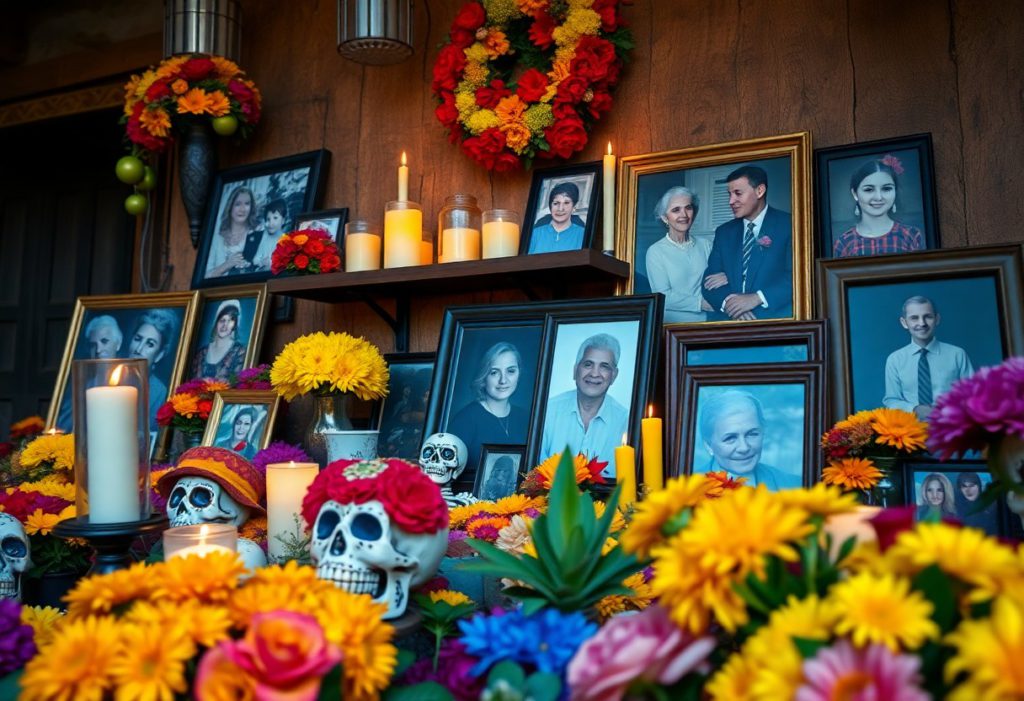
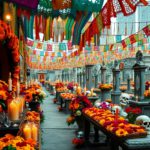

The ofrenda truly embodies the beautiful blend of memory and celebration in Mexican culture. I find it fascinating how each element placed on the altar—be it the marigolds, candles, or personal mementos—holds a story and a connection to the past. In my own family, we create an ofrenda every year for my grandmother, and it becomes a time not just to remember her but to share stories and laughter that keep her spirit alive.
I really appreciate how you highlighted the vibrant and heartfelt nature of the ofrenda in San Miguel de Allende. It’s fascinating to see how the altars blend traditional elements like marigolds and candles with personal mementos to create a beautiful homage to those we’ve lost. It reminds me of how different cultures celebrate life and death, showcasing not just the grief of loss but also gratitude for the time spent with loved ones.